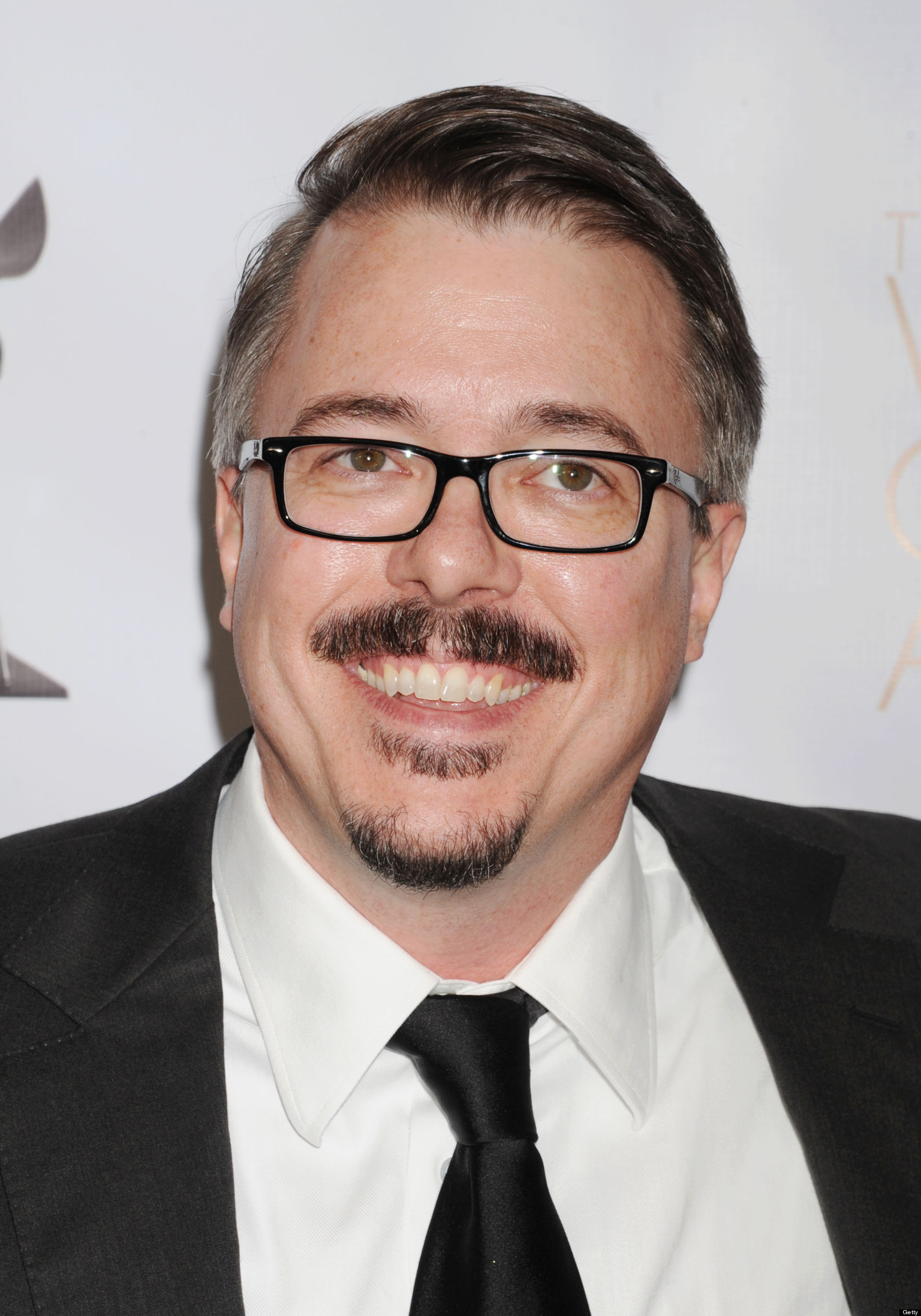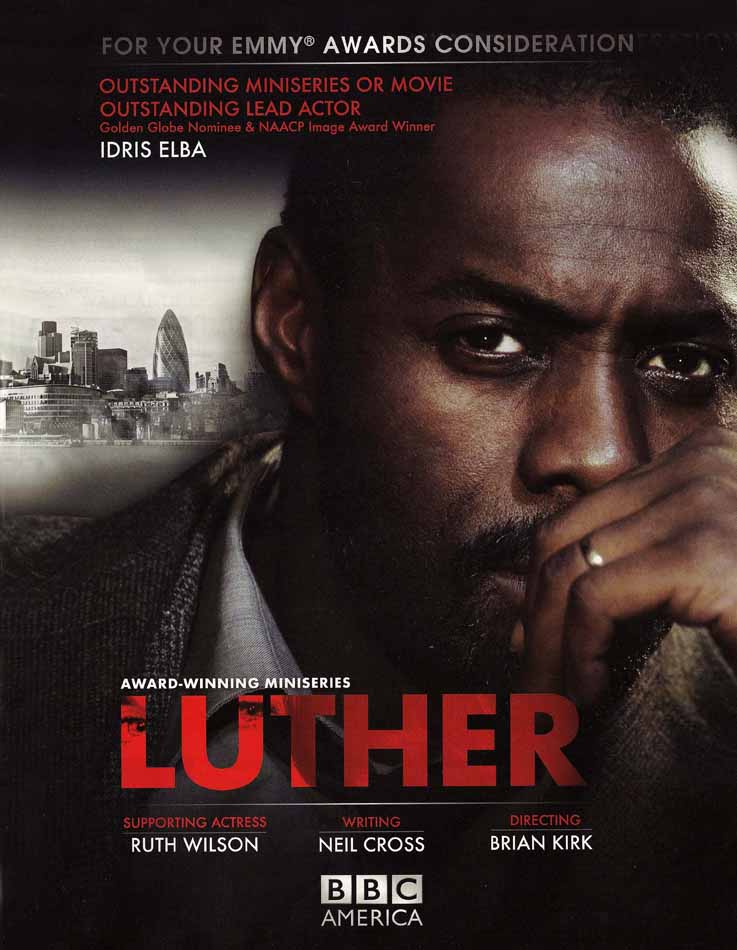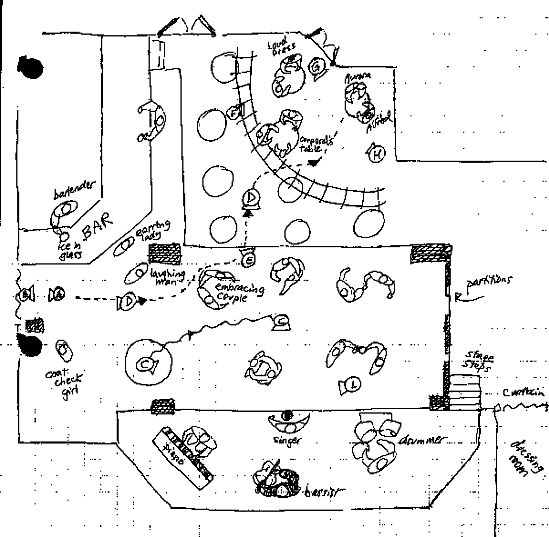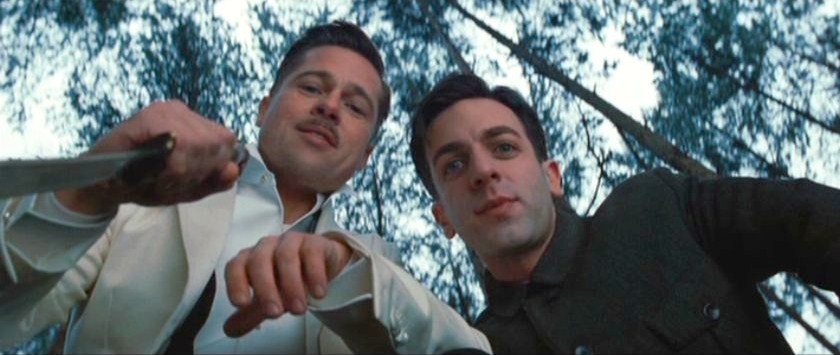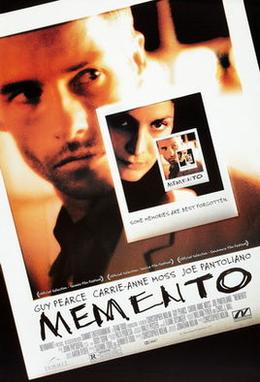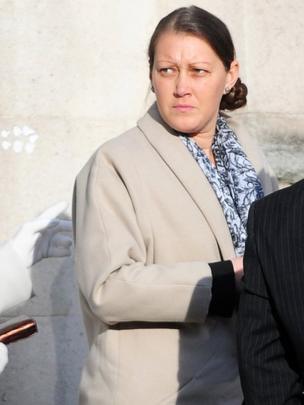Despite not having any dialogue or any real screen time in the series, Snotboogie's character sets the basis of the following episodes from season 1 right the way up to season 5 and almost looms over every episode. A character with a constant runny nose and a tendency to snatch and run, Snot is as laughable as he is poor but his importance to the series makes him a very haunting character, looming over every murder case to follow.
Critically, this scene like so many others in this series is a very well played out scenario, focussing on every minor and major detail that goes on. This scene plays out as the backbone to the rest of the series as it picks out a lot of important details like what the characters are like, what the tone is and what the area is like generally. An example of a minor detail added for great effect is the group of kids sitting by watching the police investigate the situation with the body on show. I like this shot in particular as it shows how unfazed the younger generation are of the horrific sight they are currently seeing. Though I would like to change as much as possible about this scene to add my own interpretation, this is one shot I would like to be able use and replicate myself or perhaps the exact opposite.
In the series, the scene is set on the corner of a street in West Baltimore which is where the majority of the episode features. The area is full of grotty housing blocks that tower over the street. The shot I mentioned previously about the kids sitting by watching the whole investigation take place without a care in the world is one of the first shots in the episode and really sets the tone of the series and gives a great interpretation of what this area of West Baltimore is like. I am still in the planning stage of what I will be doing in my drama film but a couple of ideas I had was an interrogation scene with flashbacks to the event or a similar scenario on the side of the street only it will be a busy area of town and in broad day light.
 |
| Snotboogie's dead body lying in front of the witness (left) and Det. McNulty (right) |

